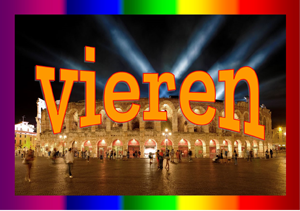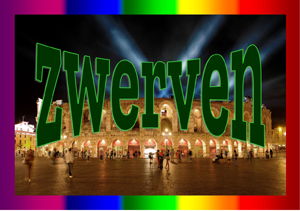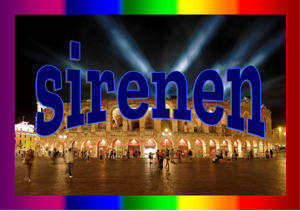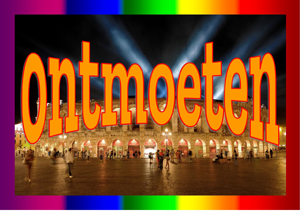Mahayana Buddhists celebrate the Buddha’s return to earth on Lhabab Düchen
By Greg Suffanti
QFWF, July 2019, update November 2023
November 4th 2023, November 15th 2022, October 27th 2021, November 7th 2020, November 19th 2019
Losar, Chötrul Düchen, Saka Dawa, Chokor Düchen, Lhabab Düchen
The Buddha descends from Tushita Heaven on 19 November 2019
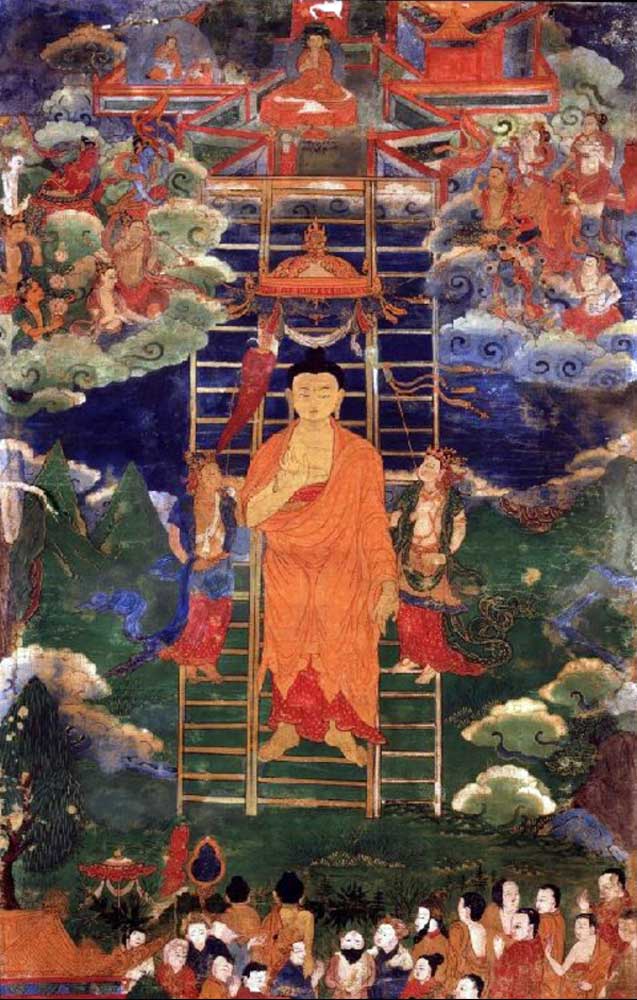
The historical Buddha, Shakyamuni, who lived some 2,500 years ago, was 41 years old and had already reached enlightenment several years earlier when he saw that his mother, Queen Mahamaya, had been reborn in the god realm known as The Heaven of the Thirty Three.
He taught in order to liberate them from the cycle of birth, death and rebirth called samsara
The Buddha had always promised to repay his mother’s kindnesses, and so he endeavored to repay her by visiting her in Triastrima, the god realm of the Thirty Three, also known as Tushita Heaven. He spent a total of three months teaching the Dharma to his mother, as well as the gods and goddesses who also inhabited this realm, in order to liberate them from the endless cycle of life, death and rebirth called samsara.
The Buddha’s collected teachings are called the Dharma
Lhabab Düchen marks the day the Buddha returned to earth. In Tibetan, lha means great or divine; babs means to descend, like rain; and Düchen means great occasion. Thus, Lhabab Düchen is the great occasion of the divine descent[2] .
There are four major Tibetan Buddhist holy days in which events in the life of the Buddha are venerated:
- Chötrul Düchen, known as ‘the fifteen days of miracles’, starting from the first day of the Tibetan new year, called Losar, and culminating two weeks later with the festival of Chötrul Düchen.
- Saka Dawa, in which the birth, death, and enlightenment of Buddha Shakyamuni are celebrated.
- Chokor Düchen celebrates the Buddha’s ‘first turning of the wheel of Dharma’, in which he taught the Four Noble Truths, in Sarnath, India.
- Lhabab Düchen, which falls this year on 19 November 2019, recollects Shakyamuni’s return to earth after visiting and teaching his mother in Tushita heaven.
Only Tibet preserves the Nalanda Tradition, which is the most complete currently extant
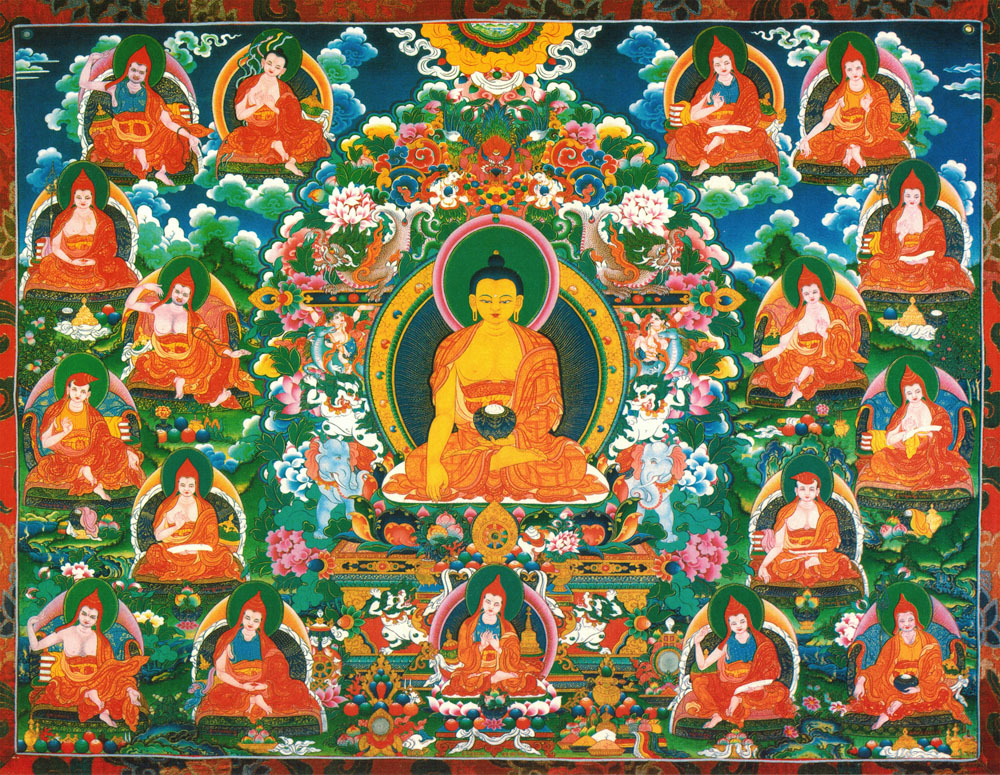
As with many Buddhist holy days and festivals, the event is planned around specific phases of the moon, and so the date is not fixed.
Lhabab Düchen falls in the 9th month of the Tibetan calendar on the 22nd day[4] .
Tibetan Buddhism is practiced in Tibet, Mongolia, Bhutan, Nepal, Northern India – Sikkim, Ladakh, Dharamsala – , parts of Russia, as well as parts of Thailand, Laos, Sri Lanka, Myanmar and Northeast China.
And of course, there are many thousands of Buddhists living in the West who also celebrate Tibetan Buddhist holy days.
Only Tibet preserves the Nalanda Tradition, which is considered the most complete set of Buddhist teachings currently extant. Buddhism is an oral tradition, and these types of formal observances on holy days helps the traditions and the teachings to stay alive and relevant.
On Lhabab Düchen your positive & negative actions are multiplied 100 million times
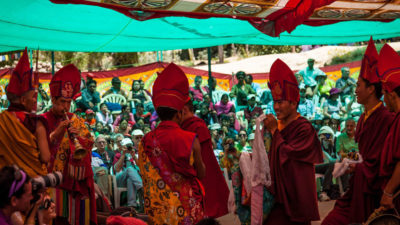
Lhabab Düchen is considered a merit multiplying day, meaning the karmic results of both good and bad actions are greatly multiplied.
According to the Vinaya text, ‘Treasure of Quotations and Logic’, all actions performed on merit multiplying days are magnified by 100 million times[6] .
It should not be surprising then, that the reading of Buddhist texts, prayer and offerings of flowers and candles typify activities performed on this day.
Buddhists believe that rituals have great power due to the traditions behind them, they carry with them a history and a matrix of meanings that direct our minds, emotions and actions in a tangible and visceral way[7] .
The Hindu god Viswakarma built a triple stairway of gold, silver and sapphire
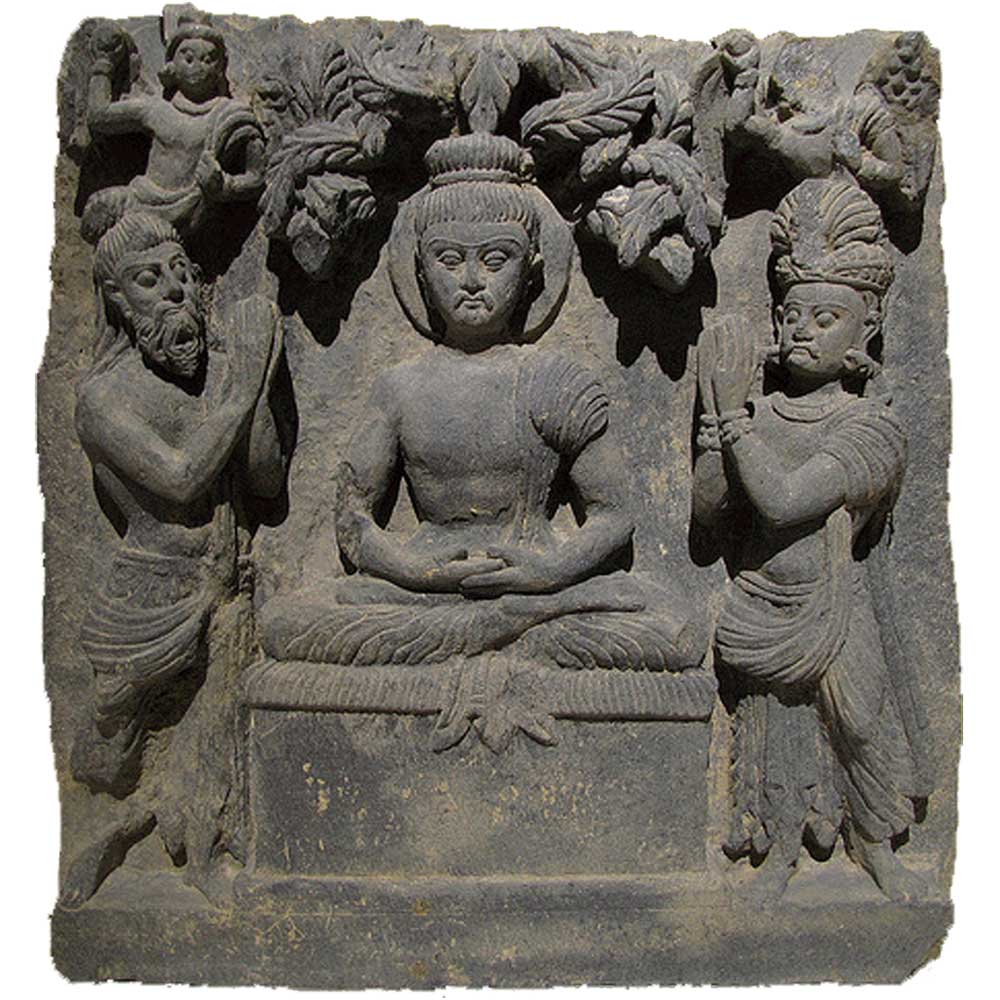
Lhabab Düchen celebrates the Buddha’s return to earth after his loyal disciple Maudgalyayana exhorted him to return to earth. In order to facilitate the Buddha’s journey back to earth, the Hindu god of machines, Viswakarma, built a triple stairway of gold, silver and sapphire. As the Buddha descended back to earth, he had Indra and Brahma on either side to accompany him[9] .
He is said to have arrived in a place called Kashi, which is known better today as Varanasi. Varanasi is in the northern Indian state of Uttar Pradesh.
The city itself is the holiest of seven sacred cities in Hinduism and Jainism, in addition to being a sacred Buddhist place of pilgrimage[10] .
Shakyamuni Buddha’s descent from Tushita heaven is regarded as one of the eight great deeds in the life of the Buddha.
Lhabab Düchen is connected to Vap Full Moon Poya in Sri Lanka and Wan OK Phansa in Thailand
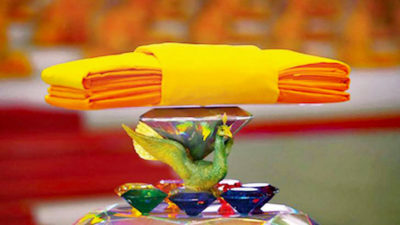
As Buddhism spread from India, it went through many regional and cultural influences that give each Buddhist country its own unique character, as well as often unique practices and beliefs. Some Buddhist countries became predominantly Mahayana, like Tibet, China and Bhutan, seeking mass liberation (or enlightenment for all), while others, like Thailand, Myanmar and Sri Lanka, became predominantly Theravada Buddhist, adhering strictly to the earliest sutra teachings of the Buddha and seeking individual liberation.
Vap Full Moon Poya
Vap Full Moon Poya, celebrated in October in Sri Lanka, marks the end of Buddhist lent, meaning three months of fasting. In addition, the festivities mark the Buddha’s return from teaching to his mother in Tavatimsa Heaven[12] .
Wan Ok Phansa
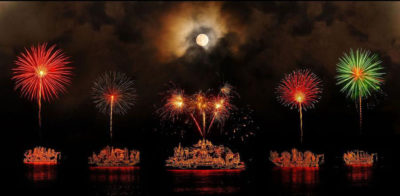
Similarly, in October in Thailand, Wan Ok Phansa marks the end of three months of fasting, called Vassa, while simultaneously marking the end of the rainy season and celebrating the rich harvests to come.
It is also taught that in this period the Buddha descended from heaven after teaching his mother.
Festivities in these countries tend to be more lavish and outwardly celebratory, and include great feasts, parades, boat parades and fireworks[14] .
Wishing you a happy and auspicious Lhabab Düchen from the Wisdom web!
Notes
[1] Source: Buddha’s descent from Tushita, ground mineral pigment on cotton
[2] www.pemakhandro.org/celebrating-buddhism
[3] Source: Shakaymuni Buddha and 17 Nalanda Pandits
[4] www.chinahighlights.com/festivals/lhabab-duechen-festival.htm
[5] Source: Lhabab Düchen in Sikkim
[6] www.fpmtabc.org/prayers_mmdays.php
[7] www.pemakhandro.org/celebrating-buddhism
[8] Source: Buddha with Brahma and Indra, 2-3th century, Gandharan region, Pakistan
[9] www.tourmyindia.com/states/sikkim/lhabab-Düchen-festival.html
[10] https://en.wikipedia.org/wiki/Varanasi
[11] Source: Vap Full Moon Poya
[12] www.officeholidays.com/holidays/sri-lanka/vap-full-moon-poya
[13] Source: Nakhon Phanom boat procession
[14] www.huahinhiker.wordpress.com/2015/10/27/wan-ok-phansa/

